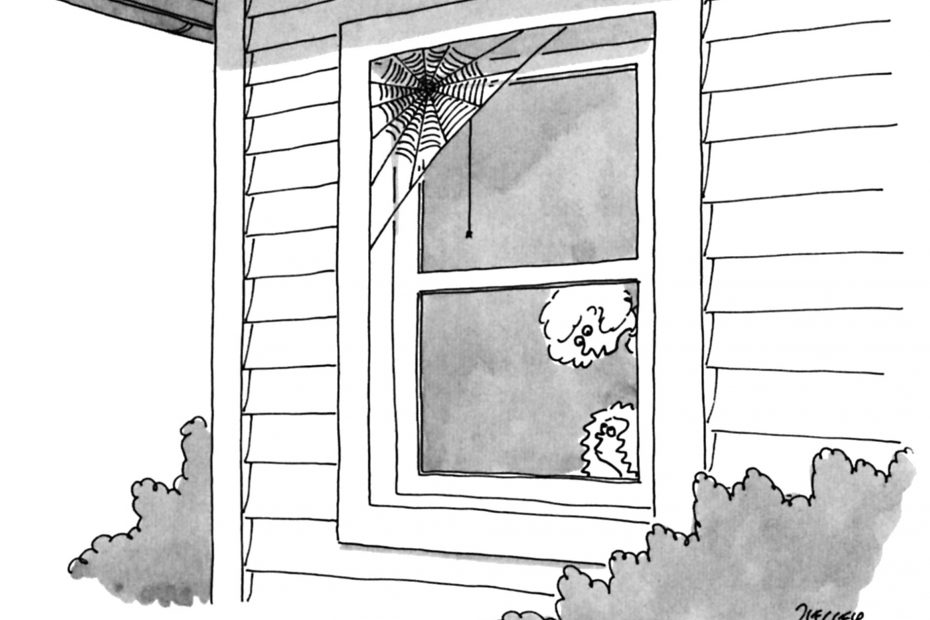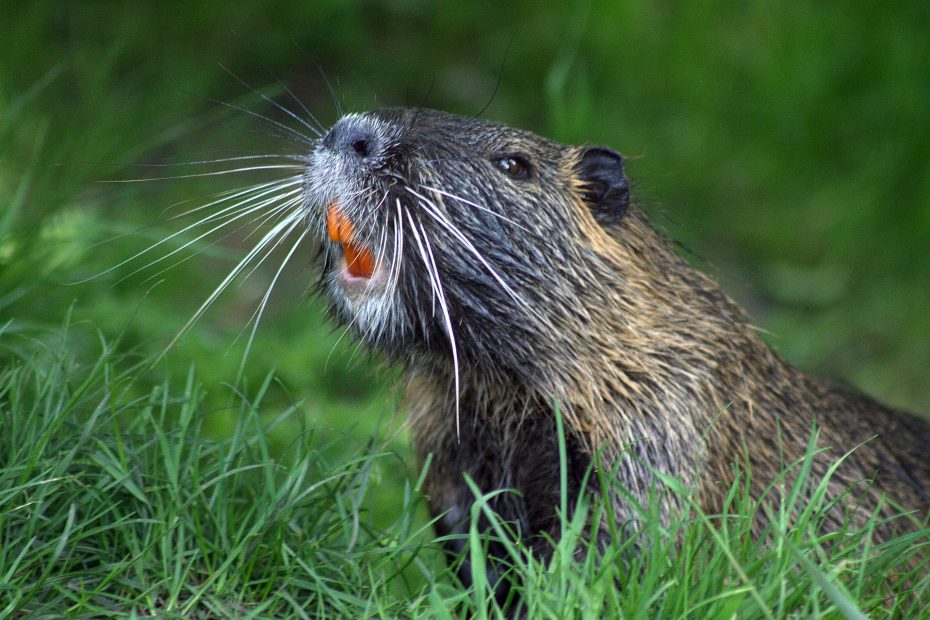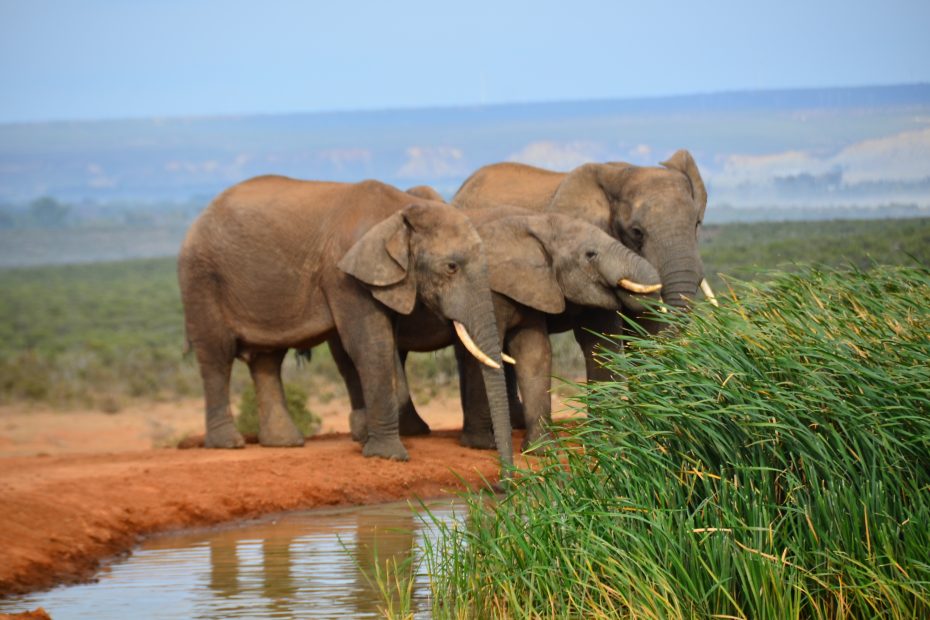Deep Entanglements: Children and Fungi
By John Hornstein | My mother was happiest when foraging for mushrooms. Being an immigrant from Germany, she had difficulty adjusting to life in rural Maine. Foraging became a way for her to stay connected to her childhood. It also connected her to something more primal, the natural world. As a child tagging along on her foraging adventures, I sensed the importance of those connections, and it made me happy. She has been gone a number of years, and now I am the one foraging for mushrooms, moreso as I age – a way of remaining connected to her, but also a way to connect to nature – so much so that my fascination with mushrooms has become an entanglement – one raising basic questions about who we are as humans and what we need to do for children’s development, questions such as, “What is it about fungi that fascinates and inspires?” and “How can mushrooms help us teach children how nature works?” and “What can fungi tell us about the precarious world we now live in?”










